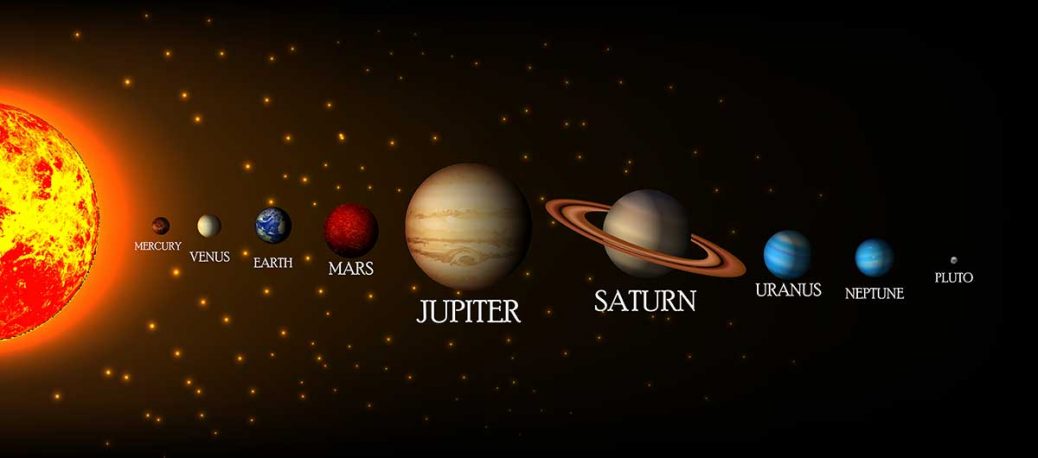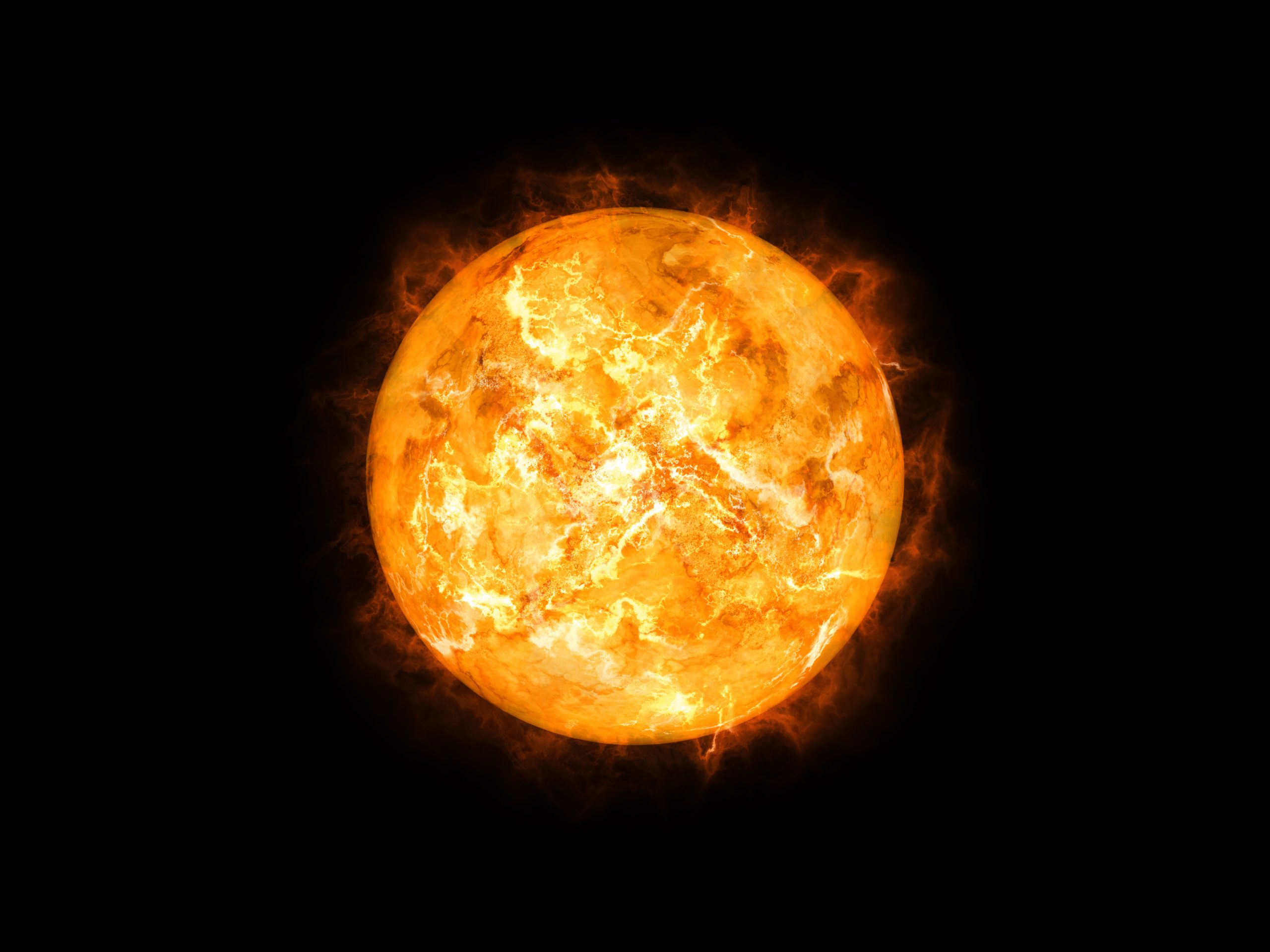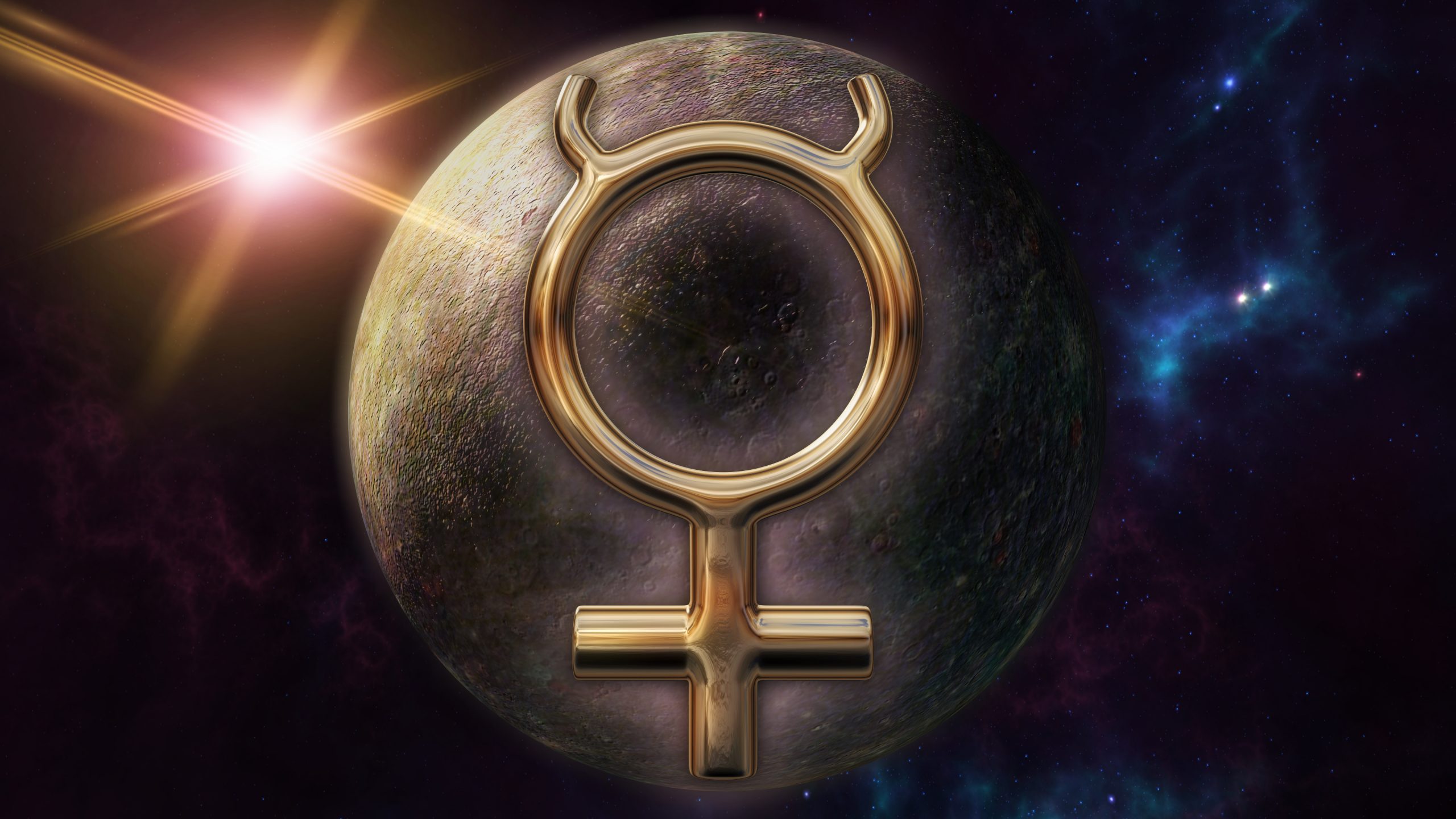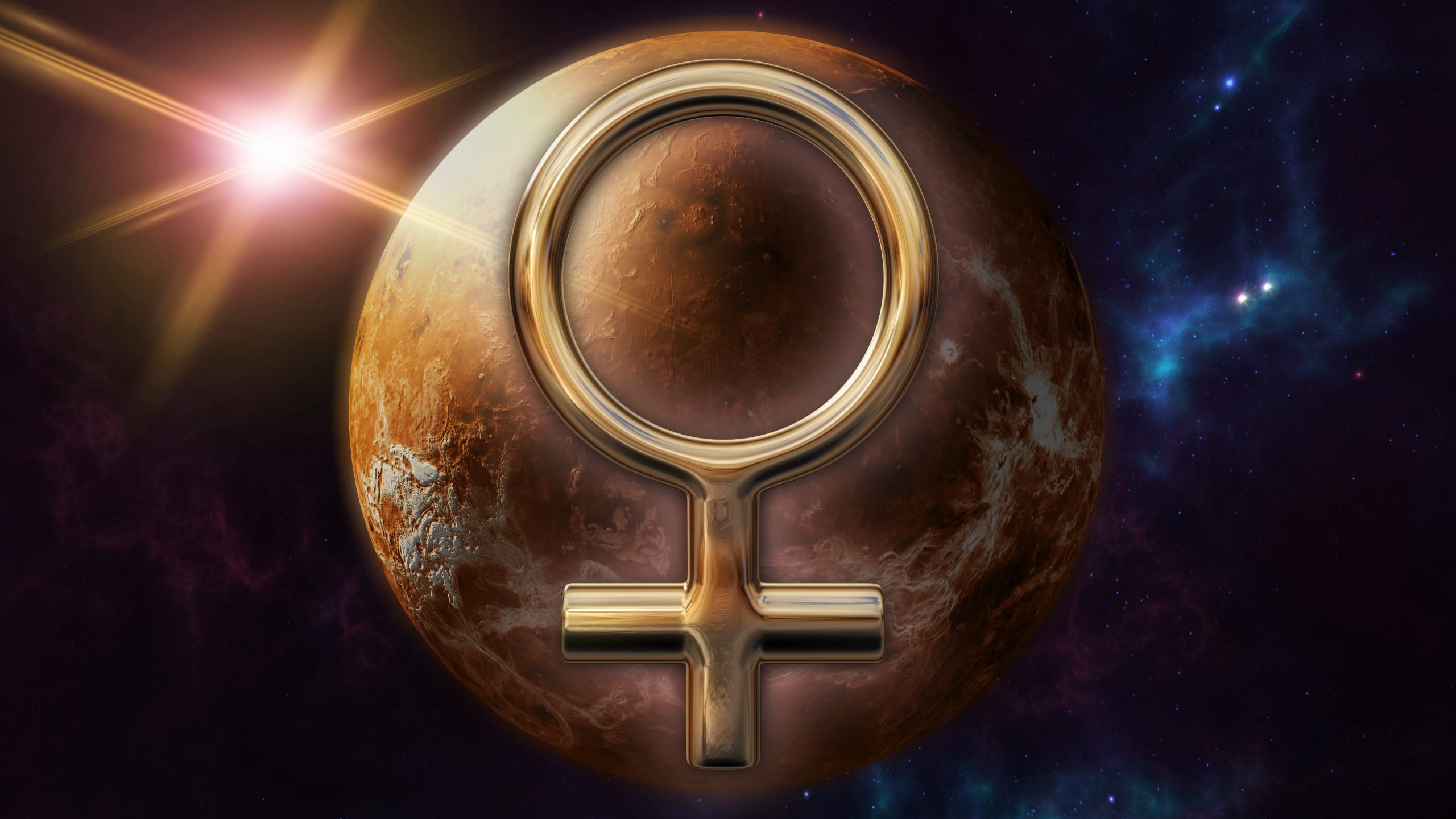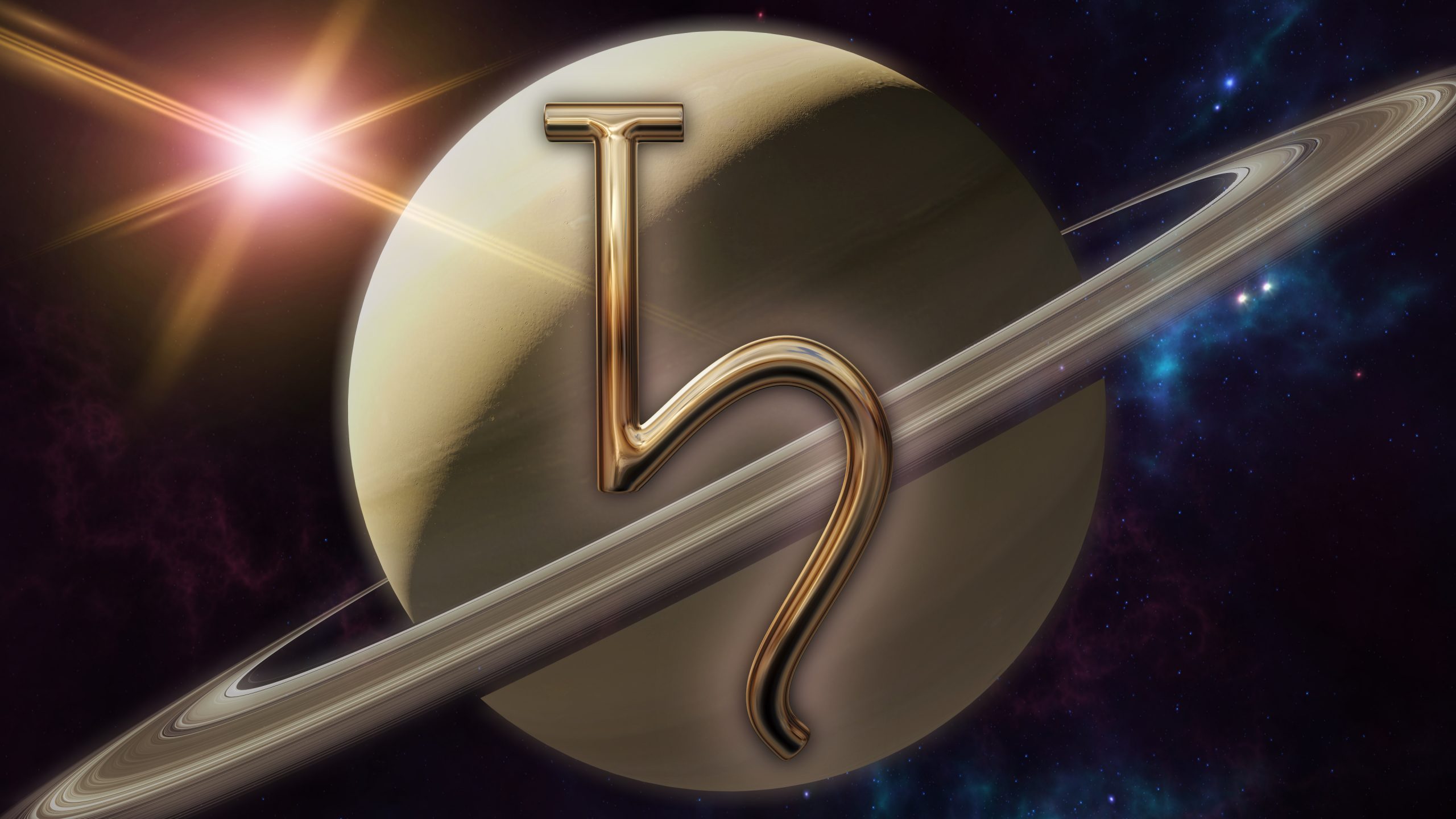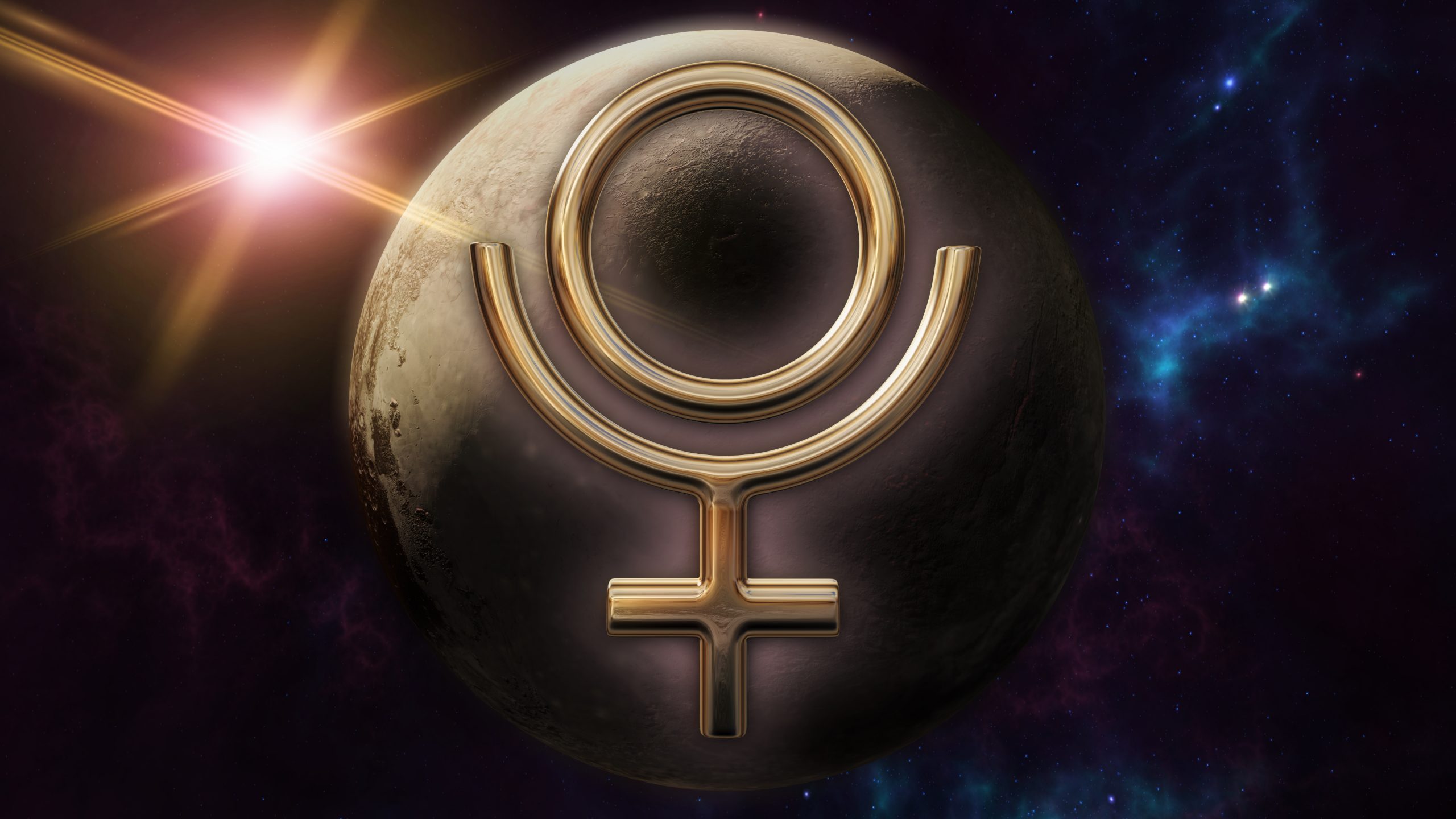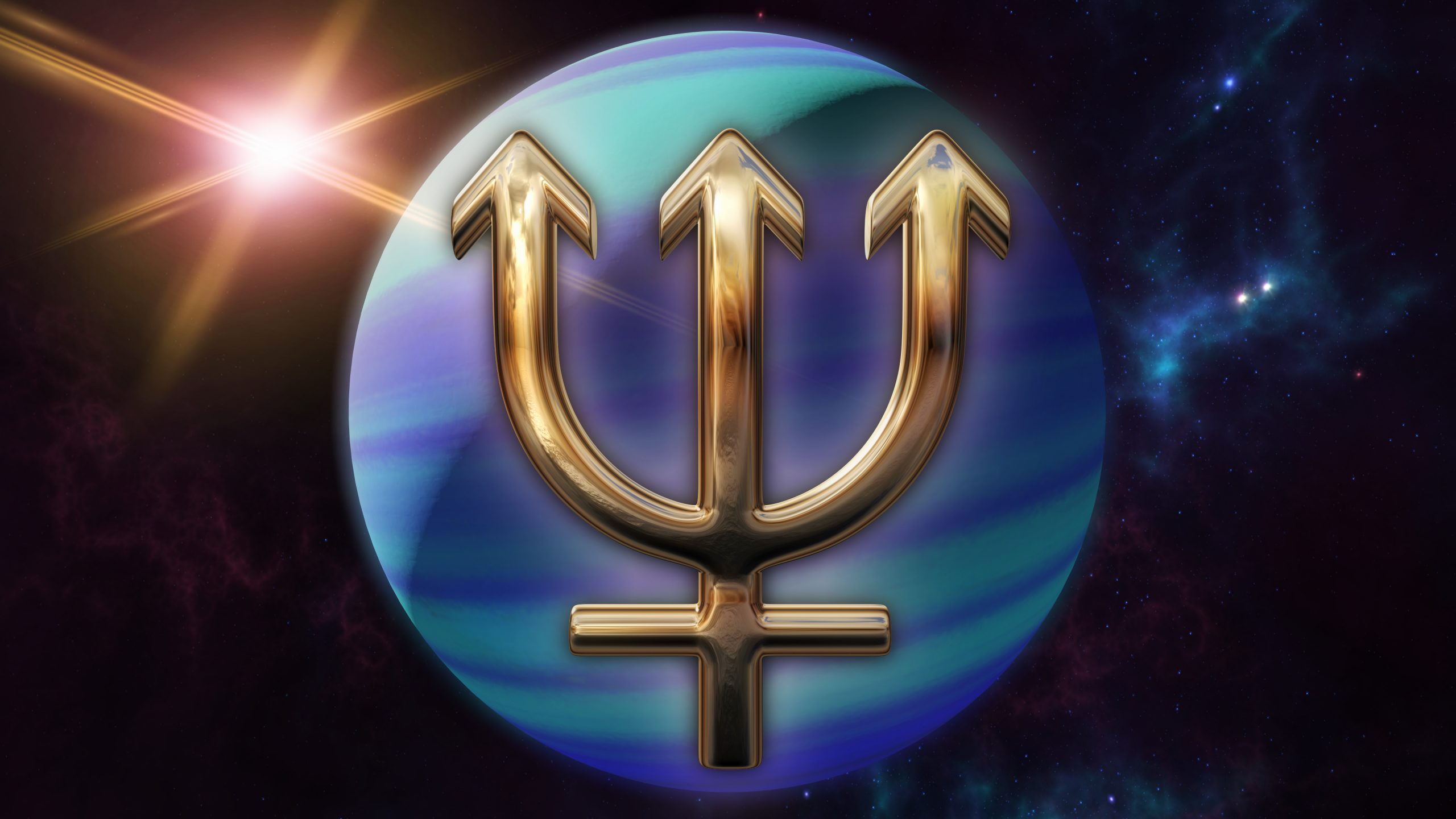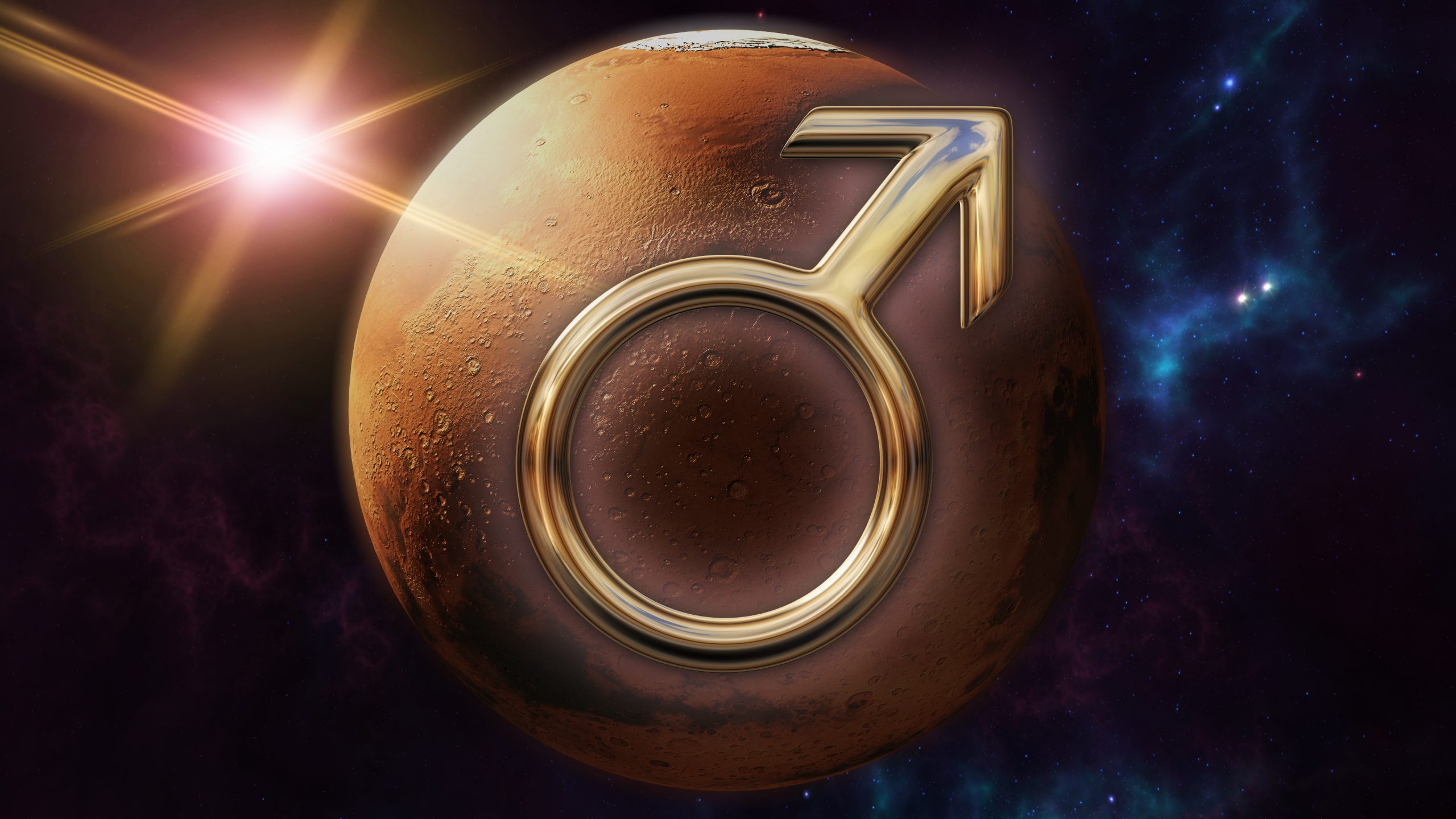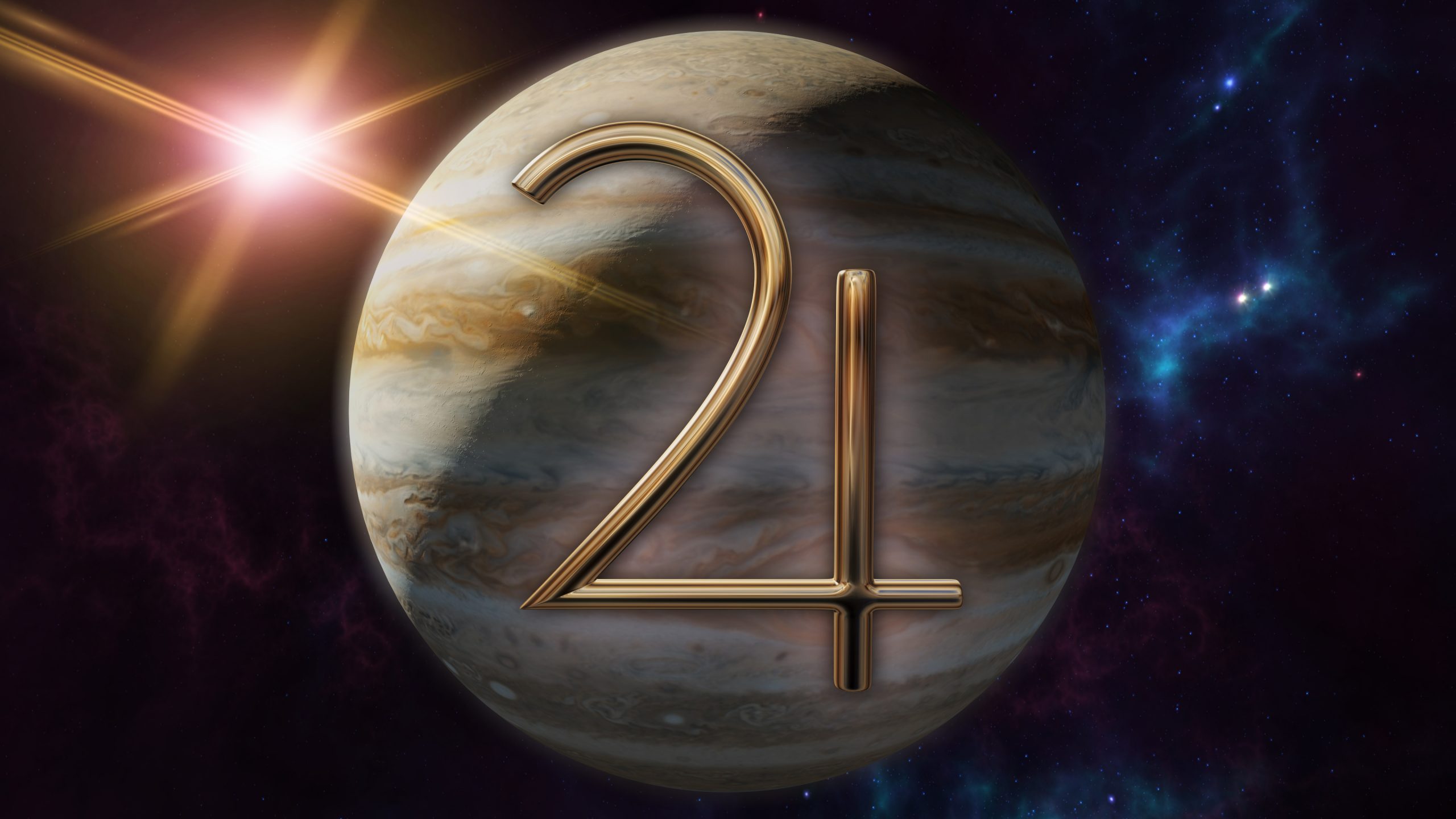In astrology, the term “planets” refers to celestial bodies that have an influence on human life and events on Earth. These include the seven traditional planets of astrology: the Sun, the Moon, Mercury, Venus, Mars, Jupiter, and Saturn. Additionally, some astrologers may include other celestial bodies such as the outer planets Uranus, Neptune, and Pluto, as well as the asteroids and the North and South Nodes of the Moon. The positions and relationships between these planets are used to create a natal chart, which can then be interpreted to understand an individual’s personality, life events, and future potential.
The positions and movements of planets affect the lives of individuals. In astrology, planets are considered to be energetic bodies that represent different aspects of life, such as personality, relationships, finances, and more. The dynamic nature of planets involves the continuous interaction between these energies and the individual’s own personal energy, as well as the energy of the environment and the collective.
Planets are in constant motion, and their positions change over time, both in relation to one another and in relation to Earth. These changes can bring about significant shifts in energy and influence, affecting the individual’s life in various ways. For example, the movement of a planet into a new zodiac sign can signify a new chapter in the individual’s life, marked by new opportunities, challenges, and experiences.
The dynamic nature of planets also involves their relationships with one another, known as planetary aspects. Different aspects between planets can create positive, neutral, or challenging energies, which can influence the individual’s life in different ways. For example, a harmonious aspect between two planets may bring about positive energy and good luck, while a challenging aspect may indicate difficulties and obstacles.
In astrology, the dynamic nature of planets is used to understand the individual’s current energy and influences, as well as to make predictions about future events and experiences. By studying the positions, movements, and relationships between planets, astrologers can gain a deeper understanding of the individual’s life and offer guidance and insights to help them navigate their journey.
| Planet | Zodiac Signs Owned | Exaltation Point | Debilitation Point | Power (Mool Trikona) Sign |
|---|---|---|---|---|
| Sun | Leo | 10° Aries | 10° Libra | Leo |
| Moon | Cancer | 3° Taurus | 3° Scorpio | Taurus |
| Mars | Aries, Scorpio | 28° Capricorn | 28° Cancer | Aries |
| Mercury | Gemini, Virgo | 15° Virgo | 15° Pisces | Gemini |
| Jupiter | Sagittarius, Pisces | 5° Cancer | 5° Capricorn | Sagittarius |
| Venus | Taurus, Libra | 27° Pisces | 27° Virgo | Taurus |
| Saturn | Capricorn, Aquarius | 20° Libra | 20° Aries | Aquarius |
Benefic and Malefic Planets
Malefic planets are considered to bring negative or challenging influences into a person’s life, whereas the benefic planets bring positive or favorable influences. The classification of a planet as malefic or benefic depends on various factors such as the planetary positions, aspects, and the specific context of the chart. Typically, the planets Saturn, Mars, North Node and South Node are considered malefic while the planets Mercury, Venus, Jupiter and the Waxing Moon (New Moon to Full Moon) are considered benefic. However, this can vary depending on the chart reading and astrological tradition. For example, Transiting Jupiter in the 8th house or 12th house can cause significant problems in a person’s life despite being a benefic planet. Jupiter actually “boosts” the energies of these houses, making them even stronger and a person who is not prepared, experiences this rise in negativity in the form of challenges and blocks.
Planetary Natural Relationships
| Planet | Friend | Enemy | Neutral |
| Sun | Moon, Mars, Jupiter | Saturn, Venus, Rahu, Ketu | Mercury |
| Moon | Sun, Mercury | Rahu, Ketu | Mars, Jupiter, Venus, Saturn |
| Mars | Sun, Moon, Jupiter | Mercury, Rahu, Ketu | Saturn, Venus |
| Mercury | Sun, Venus, Rahu | Moon | Saturn, Mars, Ketu, Jupiter |
| Jupiter | Sun, Moon, Mars | Venus, Mercury | Saturn, Rahu, Ketu |
| Venus | Saturn, Mercury, Rahu | Sun, Moon | Jupiter, Mars, Ketu |
| Saturn | Mercury, Venus, Rahu | Sun, Moon, Mars | Jupiter, Ketu |
| Rahu, Ketu | Venus, Saturn | Sun, Moon, Mars | Jupiter, Mercury, Rahu, Ketu |
In Vedic astrology, planetary natural relationships are determined by the Moolatrikona signs of individual planets. The formula in the great book of astrology Brihat Parashara Hora Shastra states that the natural (or permanent) friendship of the planets is based on the Mooltrikona/Power sign.
These are the four main rules by which the planets are considered to be friend, enemy or neutral.
- 2nd, 4th, 5th, 8th, 9th, 12th sign rulers from own sign are friends
- 3rd, 6th, 7th, 10th, 11th house rulers from own are enemies
- Exception: When the planet is placed in exalted sign, even if it is mentioned in 3rd, 6th or …. it is still considered as friend
- If a planet is derived as both friend and enemy, it is considered Neutral.
Example: Saturn should be an enemy of Mars but it is Neutral. Capricorn is the sign of Exaltation for Mars.
In astrology, the Sun, Mars, and Jupiter are considered to be masculine planets. The Moon, Venus, and Mercury are considered to be feminine planets. Saturn is considered to be a neutral planet. Masculine planets are said to represent the active, assertive, and aggressive qualities in a person, while feminine planets represent the passive, receptive, and nurturing qualities.
How Planets are used in predictions:
Netherlands based Astrologer Frank Hoogerbeets successfully predicted the deadly Turkey Earthquake of 6th February, 2023, 3 days in advance. They use a technique called planetary geometry that makes use of 3 or more planetary conjunctions in particular Mars and Uranus.
In August 2019, a 14 year old child prodigy astrologer, Abhigya from India warned the world of the up and coming Covid-19 pandemic. He used a technique called Kaal Sarpa Yoga which is a planetary configuration where all the planets are on the either side of the Moon’s Nodes. It is almost as if Moon’s nodes have captured all the planets. Additionally we also had a great conjunction of Saturn and Jupiter in the sign of Capricorn in 2020.

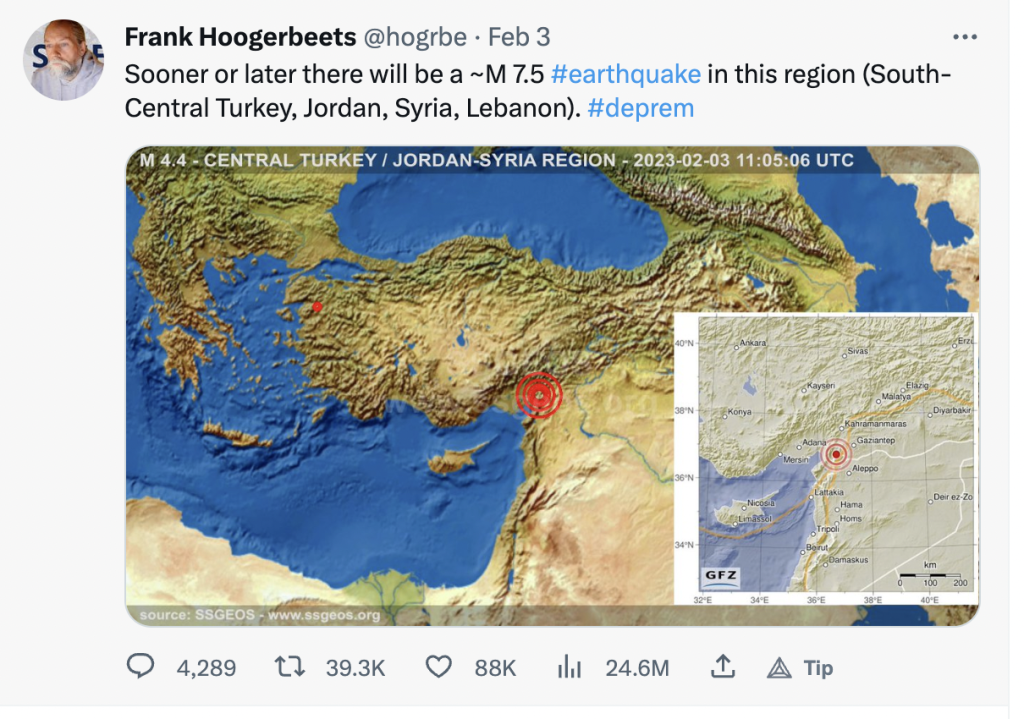
- Configurations
- Jupiter in Astrology – Significations, Transits and Progressions
- Mars in Astrology – Significations, Transits and Progressions
- Mercury in Astrology – Significations, Transits and Progressions
- Moon in Astrology – Significations, Transits and Progressions
- Neptune – Meaning, Significations, Transits and Progressions
- North Node in Astrology – Significations, Transits and Progressions
- Pluto – Meaning, Significations, Transits and Progressions
- Saturn in Astrology – Significations, Transits and Progressions
- South Node in Astrology – Significations, Transits and Progressions
- Sun in Astrology – Significations, Transits and Progressions
- Uranus – Meaning, Significations, Transits and Progressions
- Venus in Astrology – Significations, Transits and Progressions
